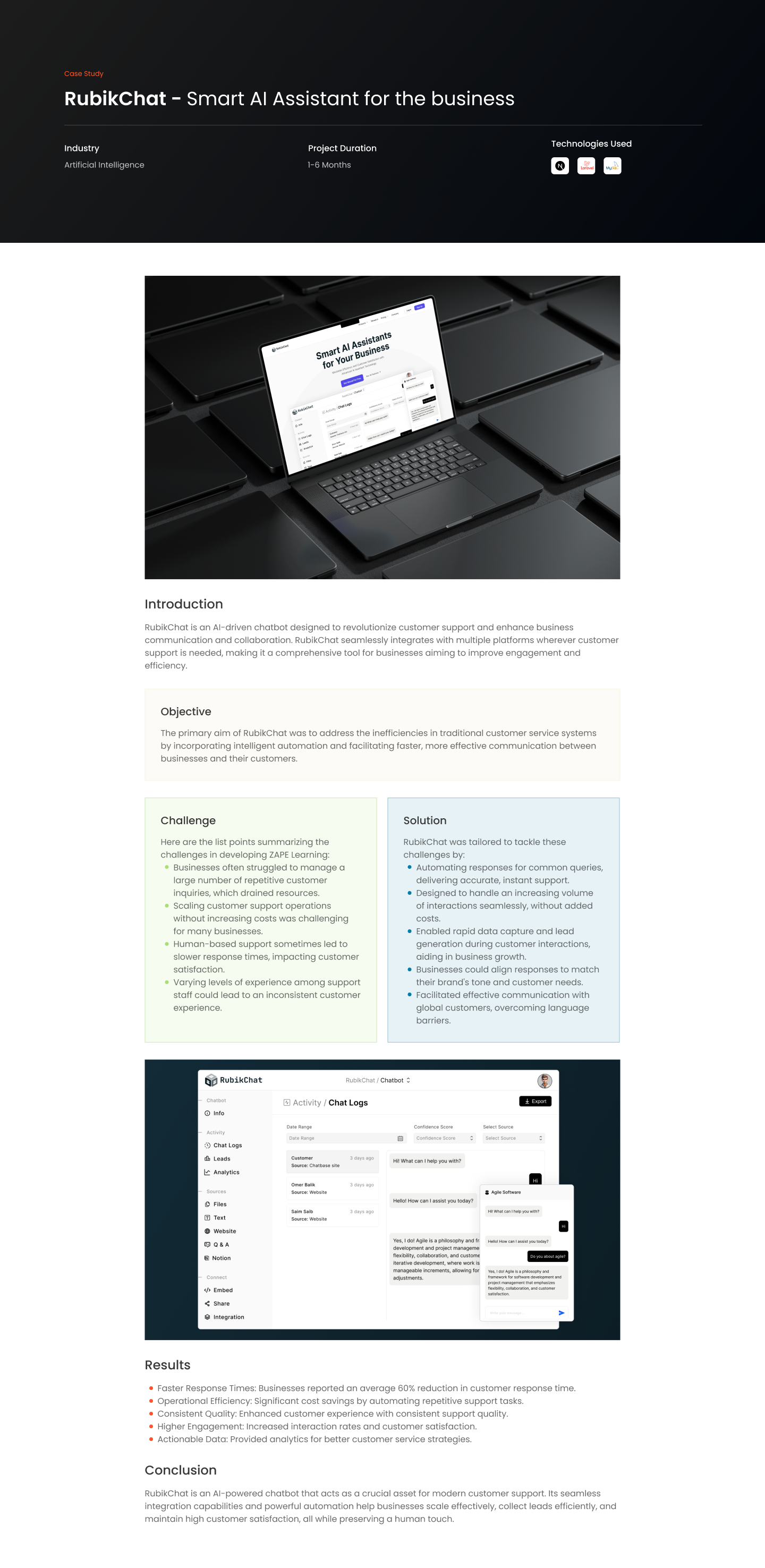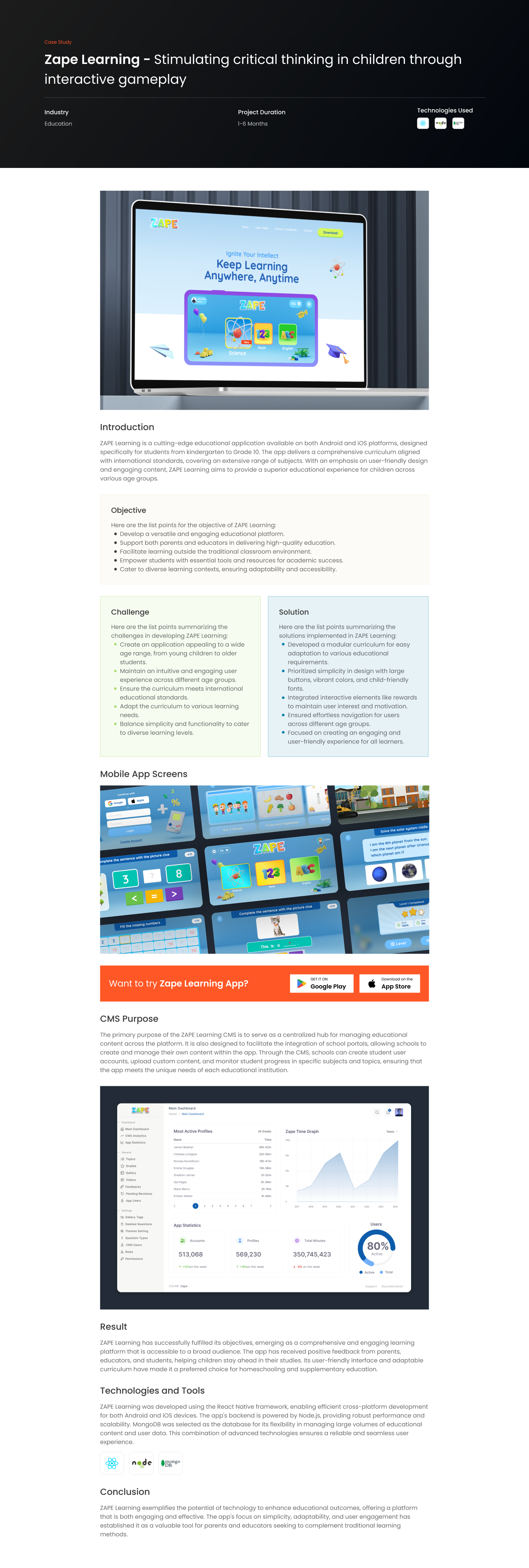In the ever-evolving realm of software development, delivering high-quality products efficiently is paramount. Two methodologies that have gained significant traction for achieving this goal are DevOps and Continuous Integration/Continuous Deployment (CI/CD). DevOps focuses on collaboration, automation, and integration between development and IT operations, while CI/CD emphasizes automation in the testing and delivery of code. Together, they form a powerful duo, enabling organizations to streamline their development processes and deliver software faster and with fewer errors.
Understanding DevOps
DevOps, a portmanteau of Development and Operations, is a cultural and organizational approach that seeks to improve collaboration and communication between software development and IT operations teams. This collaboration aims to shorten the system development lifecycle and provide continuous delivery of high-quality software.
Key Principles of DevOps
- Collaboration: DevOps encourages cross-functional teams to work collaboratively, breaking down silos and fostering better communication.
- Automation: Automating repetitive and time-consuming tasks ensures efficiency, reliability, and consistency in the software development process.
- Continuous Integration (CI): Developers integrate their code into a shared repository frequently, usually multiple times a day. This practice allows for early detection and resolution of integration issues.
- Continuous Deployment (CD): The automated process of deploying code to production or staging environments after passing tests, making it ready for release.
- Monitoring and Feedback: Continuous monitoring and feedback loops help identify areas for improvement and facilitate the rapid iteration of software.
Exploring CI/CD
Continuous Integration (CI) and Continuous Deployment (CD) are fundamental practices in modern software development. CI involves automating the integration of code changes into a shared repository multiple times a day, while CD automates the deployment of code to production or staging environments.
Key Components of CI/CD
- Version Control System (VCS): A central part of CI/CD, VCS like Git allows teams to manage and track changes to the codebase efficiently.
- Build Automation: Tools like Jenkins, Travis CI, or GitLab CI automate the process of building the application after each code integration, ensuring that the codebase is always in a deployable state.
- Automated Testing: Automated testing, including unit, integration, and acceptance tests, ensures that the integrated code functions as expected and does not break existing features.
- Deployment Automation: Tools like Ansible, Puppet, or Kubernetes enable automated deployment to various environments, ensuring consistency and reliability in deployments.
- Continuous Monitoring and Feedback: Monitoring tools track the application’s performance and user experience, providing valuable feedback for future improvements.
Benefits of DevOps and CI/CD
- Accelerated Development: DevOps and CI/CD reduce bottlenecks, allowing for faster development and release cycles.
- Higher Quality: Automation and early testing lead to higher quality software by catching and addressing issues early in the development process.
- Increased Collaboration: Improved communication and collaboration foster a culture of shared responsibility and accountability.
- Cost-Efficiency: Automation reduces manual effort and minimizes errors, ultimately reducing operational costs.
- Customer Satisfaction: Faster and more reliable software delivery translates to increased customer satisfaction and better user experiences.
Challenges and Best Practices
- Cultural Resistance: Shifting to a DevOps culture requires organizational commitment, education, and overcoming resistance to change.
- Tool Integration: Selecting and integrating the right set of tools is crucial for seamless CI/CD implementation.
- Security Concerns: Security must be integrated into the CI/CD pipeline to ensure the safety of the development and deployment process.
- Monitoring and Feedback Loop Optimization: Continuously monitoring and optimizing feedback loops are essential to drive continuous improvement in the development process.
In conclusion, DevOps and CI/CD are transformative methodologies that empower development teams to deliver higher quality software faster and more efficiently. Embracing these practices requires not only the adoption of specific tools and processes but also a cultural shift towards collaboration, automation, and continuous improvement. When effectively implemented, DevOps and CI/CD can significantly enhance an organization’s software development capabilities and ultimately contribute to its success in today’s fast-paced technology landscape.











